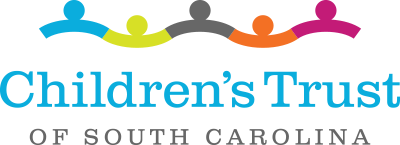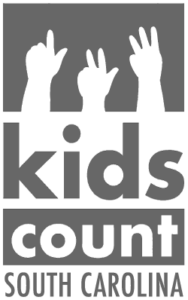
(The Post and Courier) – Here’s what they found in South Carolina. South Carolina children are disadvantaged compared with kids in other states. And while white children in this state score poorly when it comes to various wellness metrics, minority children fare even worse, a new report from the Annie E. Casey Foundation found.
South Carolina ranks 39th in children’s wellness among all states — its best score yet. But black children scored about half as well as their white peers, taking into account test results, poverty levels, family makeup and other metrics.
“They’re doing way worse than their white counterparts in a state that’s already doing poorly,” said Sue Williams, CEO of the Children’s Trust of South Carolina.
Each state’s score is based on a collection of health, economic and educational data. The Annie E. Casey Foundation said in a statement disparities are “exacerbated by policies that limit resources and restrict access.”
“The nation’s vitality and prosperity depend on the success of every child in this country,” said Patrick McCarthy, the foundation’s CEO, in a statement. “We will lose a great deal if policymakers don’t expand existing policies that work and implement new legislation to support children in immigrant families, as well as millions of U.S.-born children of color.”
The report, released Tuesday, focuses on potential improvements to the lives of children of immigrants. About 105,000 children in South Carolina live in immigrant families, according to the report.
South Carolina restricts Medicaid coverage for immigrant children, unlike some states that guarantee Medicaid benefits regardless of a child’s residency status.
Some immigrant parents also avoid taking their kids to the doctor for fear they will be deported, The Post and Courier reported in May.
Williams said one of the most troubling disparities among children is poverty.
The report found 71 percent of black and 70 percent of Latino children in South Carolina live below 200 percent of the federal poverty level. The same was true for 35 percent of white children.
“There’s a huge gap there,” Williams said.
Reach Mary Katherine Wildeman at 843-937-5594. Follow her on Twitter @mkwildeman.
Source: The Post and Courier





